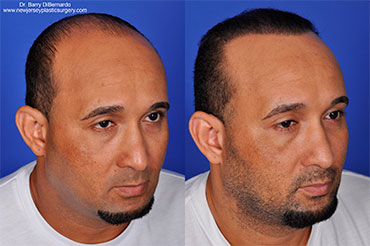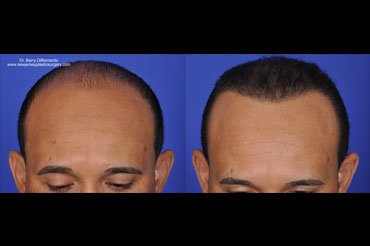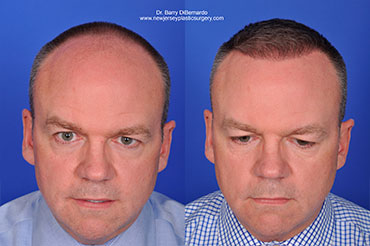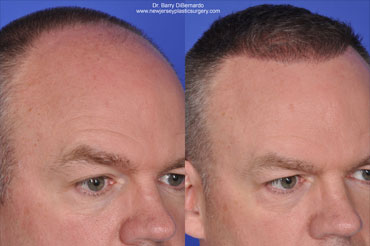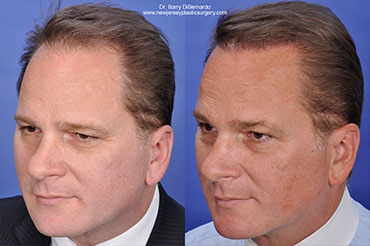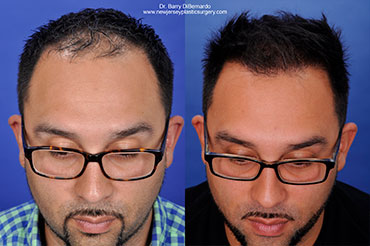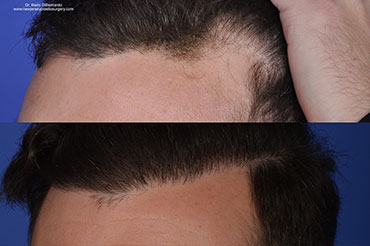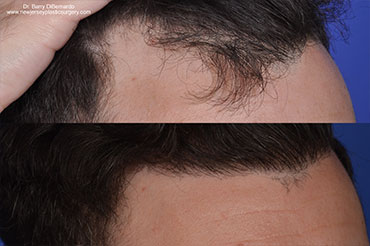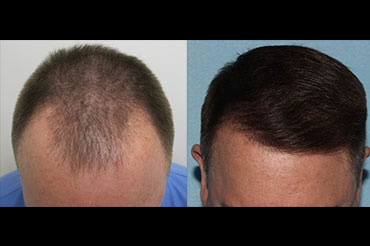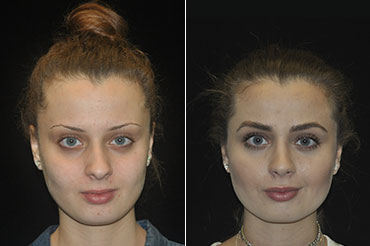The Importance of a Multi-Therapy Approach to Hair Loss
Posted in General
Published on January 16, 2020

Mother Nature is relentless. Winter, Spring, Summer, and Fall bring rain, wind, snow, and sunshine-and hair loss. If you want to beat Mother Nature, you need to be equally relentless, and you need to be smart. There are a lot of safe, proven therapies to slow, stop, and even partially reverse hair loss, but there’s a lot of “snake oil” out there, too. Hats, hot showers, and “something in the water” have nothing to do with it. When it comes to hair loss, it is vitally important for patients to understand: “it’s not your fault.” Rather, it’s a genetic predisposition for specific follicles to grow thinner and thinner over time (in most cases). Mother Nature sure knows how to torture us! So how do we give her the old one-two and get results? For starters, talk to your doctor or a hair loss specialist about what you can do to make a difference. Whether or not you’ve decided to look into Surgical Hair Restoration (the only permanent solution), you should know that unless you’re “shiny on top”, non-surgical options are a good start, too.
A little Hair Loss 101: You’ll need to know about Dihydrotestosterone (DHT).
This important hormone, DHT, plays a role in puberty and helps men develop their adult male characteristics. DHT is an androgen, which means it is a hormone that triggers the development of male characteristics. DHT is also commonly believed to be the chemical that causes Male Pattern Hair Loss (MPHL) by blocking the protein receptors in the follicles of a specific pattern.
So what are your scientifically studied maintenance options?
- Topical:
- Minoxidil. Minoxidil, the generic version of Rogaine®, stimulates your hair by lengthening the growth cycle of the follicle and opening up the protein receptors. Minoxidil was the first hair growth drug approved by the FDA. Hair is made of keratin, a protein. Minoxidil is also made of a protein, enabling more of it to get into the follicle, boosting hair length and hair shaft diameter.
- Low-Level Laser Therapy (LLLT). Studies have shown that LLLT increases blood flow and stimulates cellular activity 1/3 of a centimeter below the skin, where your follicles just happen to live. If Rogaine is the fertilizer, consider LLLT as the sunshine.
- Microneedling. Microneedling uses a procedure that punctures the very first layer of the skin, acting almost as an exfoliant to the skin and allowing for the chambers beneath the skin to better absorb. Microneedling is thought to best work in with multiple treatment modalities, such as PRP, LED, and LLLT. One such micro channeling, LOCKrx, utilizes the application of growth factor solutions to help enhance the environment for healthy hair growth. LOCKrx is intended for both professional and in-home use through the Growth Factor 3X and Growth Factor 3X Professional systems. The micro channel topical applicator for at home use is designed to condition and exfoliate the scalp to allow optimal hair growth and superior absorption.
- Oral:
- Propecia®. Propecia is available as the generic Finasteride, and some physicians may also prescribe Dutasteride to block the conversion of Testosterone into Dihydrotestosterone.
- Nutraceuticals. Neutraceuticals like the LockRX system, with natural DHT blockers, pre-biotics and key vitamins and supplements, like Biotin, have also shown great results. In addition to their topical microneedling solutions, Smart Solutions RX, Inc., the maker of LOCKrx, offers a three step nutraceutical six week program aimed to Defend the gut against inflammation, Block the conversion of testosterone to DHT, and Guard the scalp against everyday free radicals.
- Cellular:
- One of the newest treatments to emerge from research is Cellular Treatments. The research is still in the early stages, but results have been promising.
- These can include:
- Platelets & Stem Cells
- In-office and at home Growth Factor applications like LockRX’s Growth Factor 3X with a combination of EGF, KGF and FGF growth factors that stimulate and rejuvenate the scalp.
- These can include:
- One of the newest treatments to emerge from research is Cellular Treatments. The research is still in the early stages, but results have been promising.
- Surgical:
- The most important things about treating hair loss is maintenance and prevention. Surgical procedures are always the last resort, but they do often offer permanent results. SmartGraft uses FUE (follicular unit extraction) technology which can be the surgical solution for hair loss in both men and women. It’s important to note that when hair is transplanted from one area to another, it will grow in the new location the same as it would have in the “old” location. That transplanted hair will not spread like a well seeded lawn, so it’s in one’s best interest do everything possible to save that hair that was there before the transplant.
An example of protecting hair is this famous television character. His hair certainly changed over 9 seasons of a popular comedy sitcom. The character’s hair certainly changed over 9 seasons:
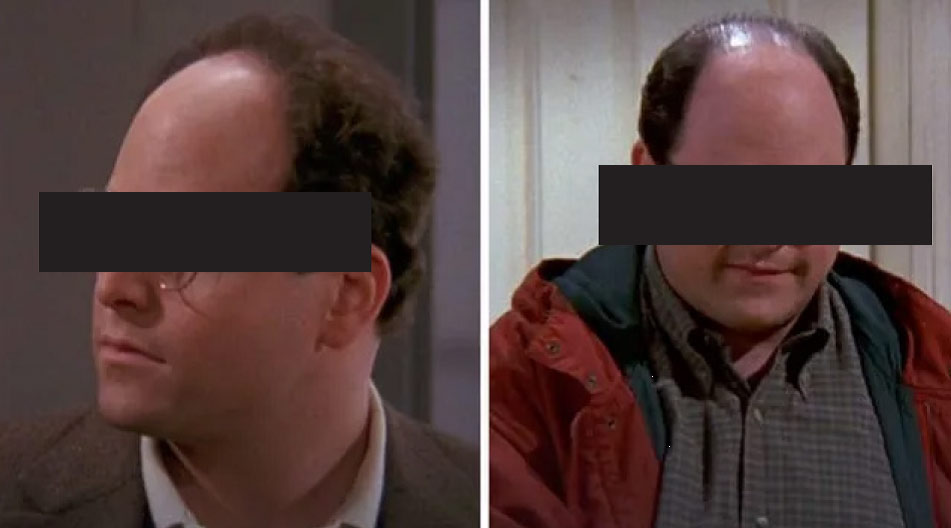
Hair Loss is progressive, so imagine if the sitcom character had started with non-surgical treatments in Season 1. It likely wouldn’t have lowered his hairline, but he would’ve had more hair eight seasons later to better prepare his scalp for a surgical solution. If he had addressed the hairline exclusively surgically in season one and did NO maintenance, he’d almost certainly be in the market for a 2nd (or 3rd) procedure by the end of season 9. This goes to show the importance of maintenance.
This is a prime example of the vital importance of combining hair loss prevention WITH surgical Hair Transplants. Once a follicle has shut down, there’s little to no chance of bringing it back. Those will need to be “replaced”.
Simply put, “Every hair you save is one you don’t have to replace.”

